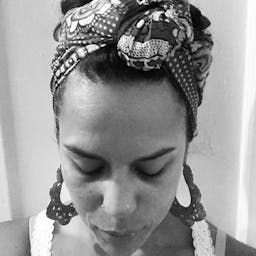Connecting the Dots
Jan 21, 2015
Story
Social change is always possible. It is often catalyzed by a moment, thought or action that somehow connects individual struggles with macro issues, and then seeks to transform micro conditions to the end of making individual lives better. When I think of pathways to change in my community, I immediately think of all of the opportunities to create change which present themselves in my daily life. In my community, there exists an abundance of under-utilized social capital which remains under-utilized because it is undervalued by cultural norms and mores born from a dominant culture which benefits from marginalization and exclusion.
I interact with hundreds of people everyday, and often have direct access to the most intimate details of many of their lives. I even have access to resources. And yet most of my interactions are charity rather than change focused.
In the United States, pathways out of poverty are often obscured by service programs serving the poor. More people are given fish to eat, than taught how to fish. While charity can temporarily improve individual circumstances, it does not seek to transform the systems which produce conditions of inequality. Confidence or reliance on charity- with little or no attention to capacity building for sustainable change at the individual and communal level- is one of the greatest barriers to change in my community. In the field of social services and public and non-profit sector charities, resources are quickly- and sometimes haphazardly- consumed with little or no regard for building a sustainable future. Service delivery is often plagued by inefficiency, and services are ineffective. There is no plan or vision for transforming the conditions which create the demand for services. And while grassroots organizing for change does exist, the charge to sow ideas and ideals is often eclipsed by the absence of resources with which to do the work. Charity and change work must be closely inter-connected and tied to education programs which build capacity and social capital.
Technology and social media provide one key resource which can help tackle these issues, in a number of ways. It is often troubling to see how economically, racially, and political vulnerable and marginalized communities in the U.S. are often excluded from global dialogues on development. Many of the social development issues plaguing the Global South plague people of color and poor people in the North. Pulsewire and other like communities provide a platform for connecting struggles worldwide, and by extension, knowledge and resources. These tools can also serve to: raise consciousness; provide low cost networking, outreach, and social marketing tools; and mine resources from more varied sources to innovate and create hybrid models which incorporate best practices. For a community made up primarily of new immigrants, there are many taboos associated with challenging public institutions and addressing institutional discrimination. Technology and Web 2.0 provide a protective veil while simultaneously bringing the concerns of the community to the world, and breaking down the walls which inhibit forward movement and accessing of resources.




